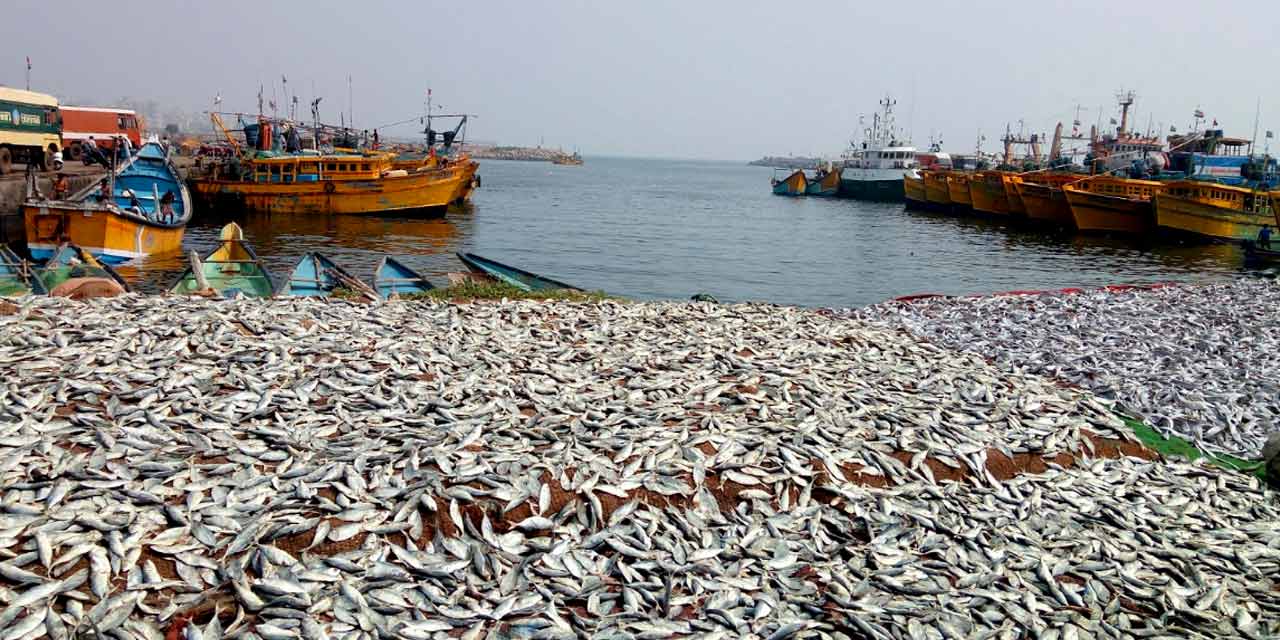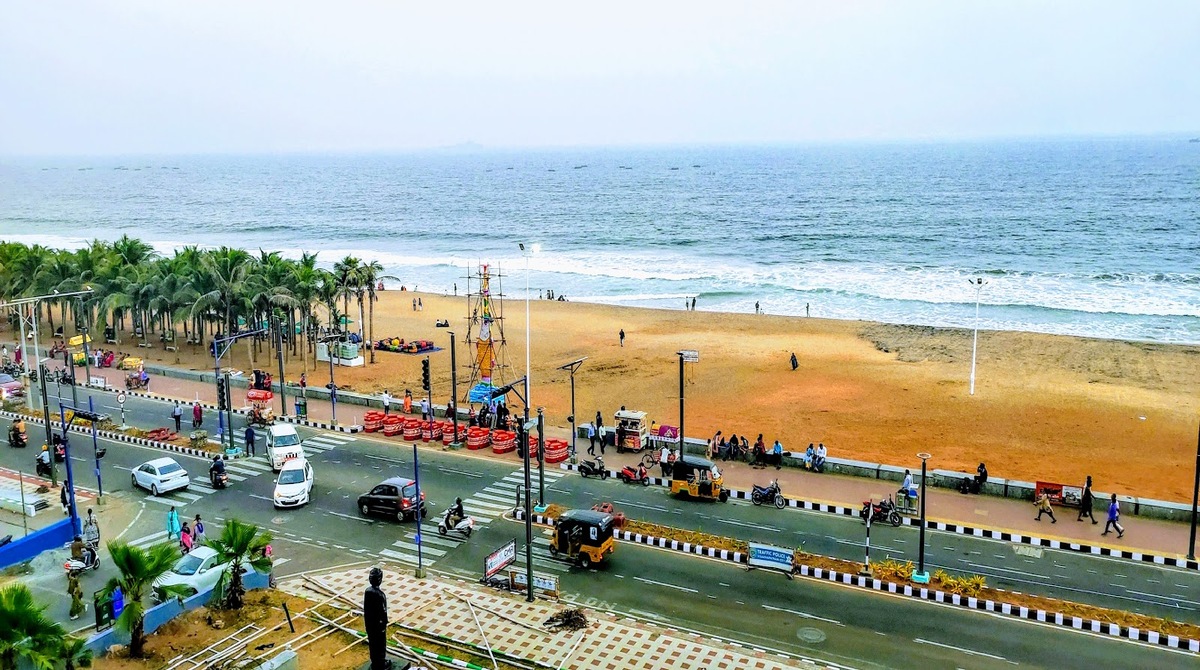The Shifting Sands of R.K. Beach: Nature, Culture and Change
Few places on India’s east coast showcase the drama of land meeting sea as vividly as Ramakrishna Beach (R.K. Beach) in Visakhapatnam. Here, the Eastern Ghats descend directly into the Bay of Bengal, creating a rare mix of rocky headlands, sandy stretches, and sheltered pocket beaches. Today, this shoreline is not only the city’s most recognisable waterfront but also a natural wonder shaped by centuries of waves and geology.
Unlike flat coastal plains, R.K. Beach formed in rocky pockets and wave-cut platforms. Its crescent shape continues to evolve through the action of waves and longshore drift, while sediments from streams and eroding cliffs replenish its sands. Scientific studies of beach grains reveal high-energy marine reworking, confirming that the coastline is dynamic and constantly reshaped by natural forces.
Experts underline this constant change. “R.K. Beach is reshaped by seasonal waves and cyclones,” said Dr. K. V. Rao, a coastal geomorphologist. “Sediment inputs from rocky cliffs and small rivers make the shoreline more sensitive to erosion.” Recent shoreline mapping shows some areas losing sand while others accumulate it, evidence of the delicate balance between monsoon waves, cyclones, and human activity.
Beyond science, R.K. Beach holds deep cultural and civic importance for Visakhapatnam. The Visakhapatnam Metropolitan Region Development Authority (VMRDA) has added promenades, lighting, and protective works, while the Ramakrishna Mission ashram nearby adds spiritual and cultural value. The beach is both a public space and a landmark that shapes the city’s identity.

For local communities, the beach’s changes are part of daily life. “Earlier, the sand stretched further,” said P. Appala Raju, a fisherman of three decades. “After every cyclone, parts of the beach disappear, but they return over time.” Residents share similar memories. “R.K. Beach was our evening spot for walks and ice cream,” recalled S. Lakshmi, a homemaker. Visitors also highlight its uniqueness. “In Goa and Chennai, the beaches are flat, but here the hills touch the sea. That makes it special,” said Rohit Sharma, a tourist from Delhi.
Looking ahead, experts stress the need for sustainable management. “Hard structures like seawalls should be the last resort,” Dr. Rao cautioned. “Working with natural sediment pathways is the key to long-term preservation.” As Visakhapatnam grows, Ramakrishna Beach remains both a geological wonder and a civic treasure — a living shoreline shaped by waves, science, and the people who depend on it.



